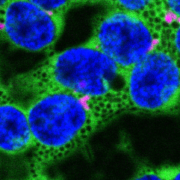
Protection Against Reactive Carbonyl Species
Schmitz et al. investigate the physiological significance of the glyoxylase system in Arabidopsis https://doi.org/10.1105/tpc.17.00258
By Jessica Schmitz and Veronica G. Maurino
BACKGROUND: In every living cell, side reactions of enzymes and spontaneous reactions of metabolites inevitably…
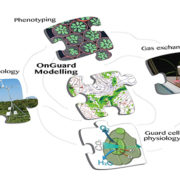
OnGuard2 Computational Platform Tracks Guard Cell Processes
Wang et al. discover unexpected connections between humidity and ion transport using a model that bridges guard cell-to-leaf scales https://doi.org/10.1105/tpc.17.00694
By Maria Papanatsiou
Background: Plants rely on stomata on the leaf epidermis for their survival. Stomata are small pores formed…
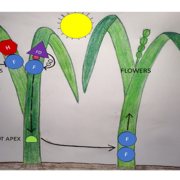
How Signals in Plant Leaves Influence Flowering
Brambilla et al. describe antagonistic signals in rice leaves that control flowering https://doi.org/10.1105/tpc.17.00645
By Vittoria Brambilla
Background: A plant’s lifecycle is marked by a major switch occurring when the plant stops producing leaves and starts to make flowers. This switch is…
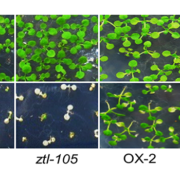
How Plants Clear Toxic Proteins
Gil et al. explore ZTL-mediated protein quality control https://doi.org/10.1105/tpc.17.00612
By Kyung-Eun Gil
Background: As sessile organisms, plants have evolved various mechanisms to adapt to environmental changes. Under stressful conditions such as high temperatures, proteins are misfolded…
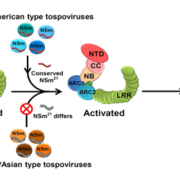
Broad-Spectrum Disease Resistance in Tomato
Broad-Spectrum Disease Resistance in Tomato
Zhu et al. examine how a plant receptor protein confers broad-spectrum resistance to various tospovirus pathogens https://doi.org/10.1105/tpc.17.00180
By Min Zhu, Savithramma P. Dinesh-Kumar, and Xiaorong Tao
Background: Highly evolved microbes cause…
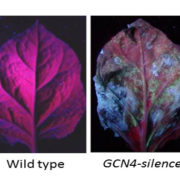
How Plants Keep Troublemakers Out and Water In
Kaundal et al. examine how a protein keeps plants safe from invading pathogens and dehydration http://www.plantcell.org/content/29/9/2233
By Amita Kaundal, Vemanna S. Ramu, Kirankumar S. Mysore
Background: To cause disease in plants, bacteria must enter plant tissue and multiply. Bacteria and…

Tomato Genome Goes Nano
Schmidt et al. demonstrate that nanopore technology can be applied to plant genomes https://doi.org/10.1105/tpc.17.00521
By Schmidt, M. H.-W., Vogel, A., Denton, A. K., Bolger, A. M., Bolger, M. E., and Usadel, B.
Background: An organism’s genome contains all the necessary information for its…
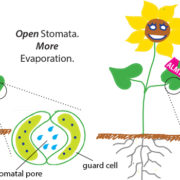
An Ion Channel Active in Plant Drought Response
Eisenach et al. discover A new ion channel of the plant vacuole helps plants react to drought https://doi.org/10.1105/tpc.17.00452
By Cornelia Eisenach
Background: Stomata are small pores on plant surfaces that facilitate diffusion of CO2, O2 and water vapor between plant and atmosphere. During…

Photosynthesis in Desert Plants: It’s About Time
Boxall et al. investigate CAM photosynthesis in Kalanchoë fedtschenkoi The Plant Cell (2017). https://doi.org/10.1105/tpc.17.00301
Background: During photosynthesis, most plants use the enzyme Rubisco to capture CO2 during the day. Crassulacean acid metabolism (CAM) plants such as prickly pears,…

